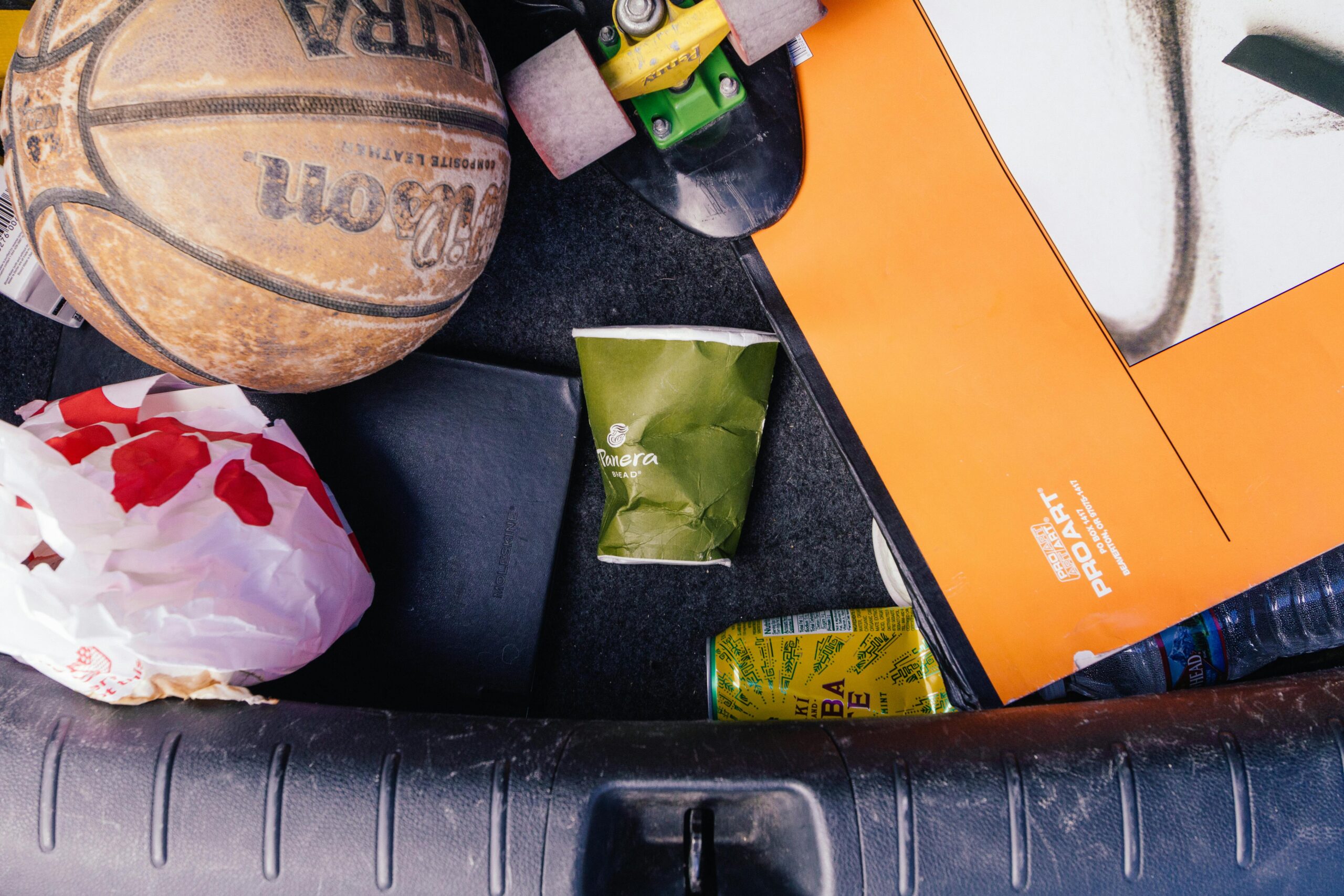In the United States, approximately 30–40% of the food supply is wasted, equating to about 133 billion pounds and $161 billion worth of food annually. This waste not only squanders valuable resources but also contributes significantly to environmental issues. (Source: Food Loss and Waste)
Food waste is the single most common material in landfills, comprising 24% of municipal solid waste. Moreover, it is responsible for 58% of landfill methane emissions, a potent greenhouse gas that exacerbates climate change. (Source: From Farm to Kitchen: The Environmental Impacts of U.S. Food Waste)
The Simple Habit: The Fridge Check
What to Do:
Each evening, take 30 seconds to scan your refrigerator and identify perishable items that need to be consumed soon.
Why It Works:
- Reduces Waste: Regularly checking your fridge helps you use items before they spoil, reducing the amount of food thrown away.
- Saves Money: By consuming what you purchase, you avoid unnecessary grocery trips and reduce spending.
- Combats Climate Change: Reducing food waste decreases methane emissions from landfills, mitigating environmental impact.
The Impact
- Economic: The average U.S. household of four loses approximately $2,913 annually due to uneaten food, which translates to about $56 per week. (Source: Estimating the Cost of Food Waste to American Consumers)
- Environmental: Wasted food accounts for over 42 coal-fired power plants’ worth of greenhouse gas emissions and consumes enough water and energy to supply more than 50 million homes annually. (Source: From Farm to Kitchen: The Environmental Impacts of U.S. Food Waste)
- Resource Conservation: Producing food that is ultimately wasted uses 80% of the nation’s freshwater, 10% of its available energy, and 50% of its land. (Source: How to Cut Food Waste and Maintain Food Safety)
How to Make It Stick
- Set a Reminder: Place a sticky note on your fridge or set a daily phone alarm to prompt your evening check.
- Meal Plan: Incorporate soon-to-expire items into your upcoming meals to ensure they are used in time.
- Store Smartly: Keep perishables at eye level in your refrigerator to increase visibility and likelihood of use.
How This Supports the SDGs
The Fridge Check directly supports SDG 12: Responsible Consumption and Production, which aims to “ensure sustainable consumption and production patterns.”
“By 2030, halve per capita global food waste at the retail and consumer levels and reduce food losses along production and supply chains.”
— United Nations SDG Tracker
By taking just 30 seconds each day to check what’s in your fridge, you’re:
- Actively preventing edible food from going to waste.
- Reducing demand on the production cycle, which helps conserve resources like water, energy, and land.
- Contributing to reduced methane emissions from landfills, which also indirectly supports SDG 13: Climate Action.
Impact Made Simple:
If just 1 in 5 households adopted this habit, the U.S. could cut food waste by more than 13 billion pounds annually—bringing us significantly closer to Target 12.3.
A 30-second fridge check each evening can lead to significant environmental, economic, and social benefits.
Start tonight and be part of the solution to food waste and climate change!




